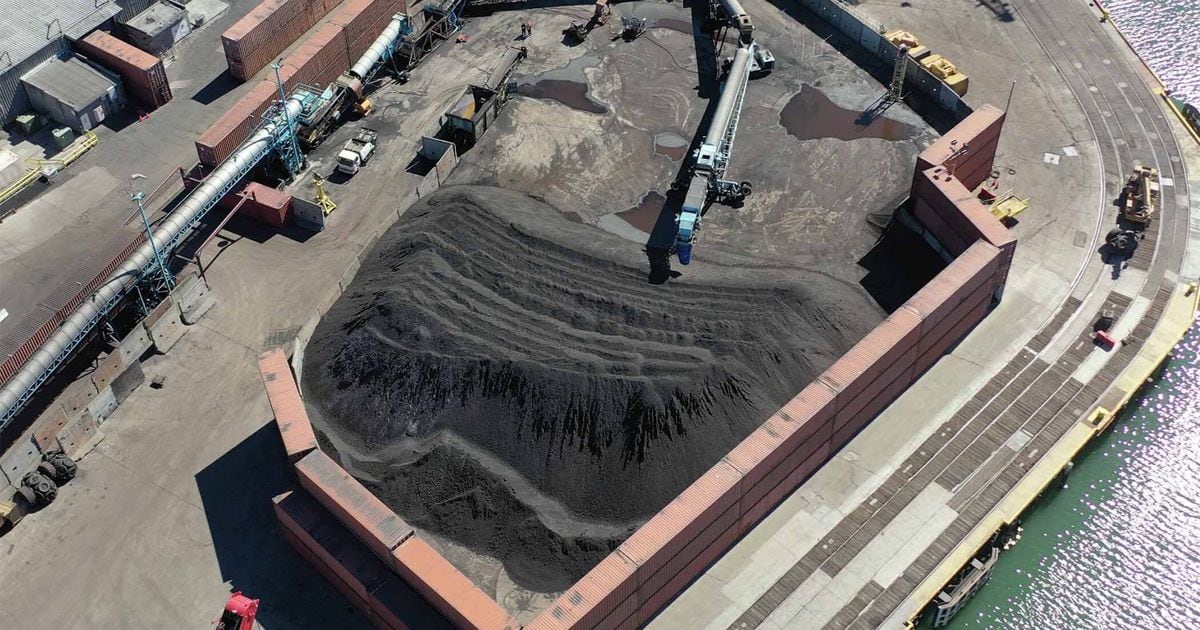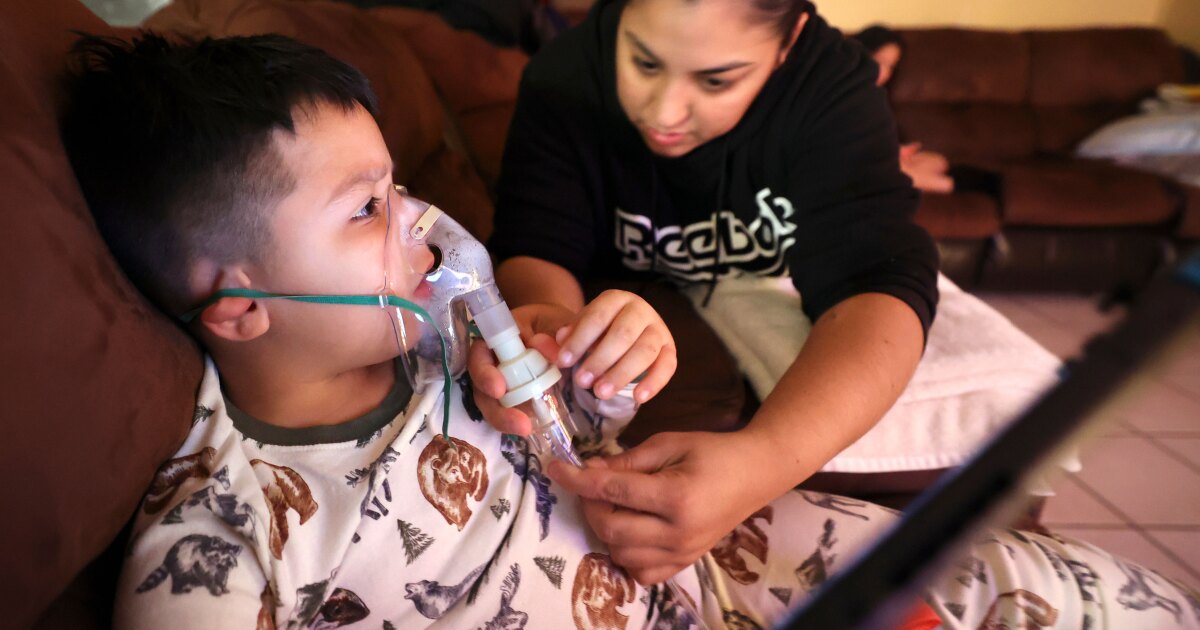Remember that coal-exporting terminal proposed in Oakland, Calif., long mired in legal battles and bankruptcy?
It ain’t dead yet, and a case set to go to trial this summer could revive the possibility of millions of tons of Utah coal passing through the bayside city on its way to Asian power plants. The trial’s outcome could have major implications for the future of Utah’s flagging coal industry.
Oakland residents and elected leaders have been fighting the proposal since 2015, when they got wind of developer Phil Tagami’s secret deal with Utah coal producers to ship up to 10 million tons a year through the proposed Oakland Bulk and Oversized Terminal, or OBOT, on leased city-owned property on the waterfront.
A $53 million appropriation by the Utah Legislature was intended to support this project. But that money has sat in a special account, accruing interest, waiting to be invested in “throughput infrastructure” to transport Utah-produced minerals to market.
The project is now in the hands of a Los Angeles company, Autumn Wind Lending, which acquired the terminal’s original proponent, a firm called Insight Terminal Solution (ITS) led by one-time Utah coal executive John Siegel. Autumn Wind sued the city of Oakland for $135 million in damage it says ITS sustained due to the city’s unwarranted actions preventing it from developing OBOT.
The city announced a settlement with the new owner last year that would have enabled the terminal to be built without coal in the mix of commodities that it would handle. The deal collapsed, however, with the two sides blaming each other.
“Although they [Oakland] announced that they had a victory, they kept trying to ask more and my client ultimately said take the deal or leave it,” said Greg McConnell, ITS’s lobbyist, in an interview Wednesday. “Now the client’s position is that we can pursue all of our options, whatever they may be and that could include coal. The only way to absolutely stop the threat of coal being shipped through Oakland would be to settle. But if you don’t want to settle, it’s on you if coal gets shipped.”
The Oakland county attorney’s office declined to comment.
With the case heading to trial, Autumn Wind recently posted its settlement offer as an “Open Letter to Citizens of Oakland,” calling on the city to take the deal or risk both losing at trial and bankruptcy.
“We have been trying to deliver what they say they want for two and a half years, and we fear they are more interested in risking the city’s solvency to keep the issue alive for campaign and fundraising purposes rather than delivering for their voters,” the missive states.
Anti-coal activists denounced the post as empty “propaganda” aimed at driving a wedge between Oakland residents and their elected officials, likening the “loophole-laden” offer to blackmail.
It is “a last ditch effort to salvage coal’s stake in Oakland’s waterfront or leverage the threat of coal to extract millions of dollars from the City,” the group No Coal in Oakland said in a post on Tuesday. “Autumn Wind is hoping to revive ITS’s lease by rallying public support for a settlement that is unfair to all of us who live and work in Oakland.”
For Utah coal producers, the stakes in this fight 800 miles away could not be higher.
Without access to overseas markets, they may soon have to shutter mines with the impending retirements of the state’s four coal-fired power plants. Under a separate legal settlement, coal producers will soon lose access to a deepwater port in Richmond a few miles north of Oakland, cutting off a key conduit to Japan.
Industry’s best hope has been the export terminal proposed at the site of the former Oakland Army Base, now owned by the East Bay city whose leaders are eager to see this distressed area redeveloped at the foot of the Bay Bridge.
After being told the terminal would move California’s agricultural products, however, they were stunned to discover from news reports that the terminal would be largely geared toward coal, the dirty fossil fuel implicated in the global climate crisis and in localized pollution where it is transloaded.
But Oakland’s efforts to ban coal were rejected by the courts and the project’s new owners are suing to force the city to restore ITS’s 66-year lease that it revoked in 2018 and to collect damages. The city had cited ITS’s failure to meet construction deadlines for killing the lease, but Autumn Wind argues it was the city itself that blocked ITS from building.
In the meantime, ITS has established a right to ship coal through various legal victories, according to McConnell.
“The federal courts said the federal government, not the city of Oakland or any other local municipality, controls what can and cannot be shipped by rail,” he said. “So the issue of whether the city has authority to regulate coal shipments is decided and over with.”
In its offer, ITS agreed to never ship coal and stipulated that should coal ever come to the terminal, the city could terminate the lease immediately and collect $5 million fee for every train car unloaded. This pledge would be binding on any future owner of the terminal.
“That makes it almost impossible for somebody to have an economic interest in trying to ship coal,” McConnell said. In exchange, ITS wants a break on rent, although it would still pay nearly $1 million a year in base rent.
But anti-coal activists contend the pledge is meaningless unless the terminal proponents disavow a right to ship coal, arguing the terms of this deal could be overturned in future litigation.
“If that were to occur, ITS could enjoy drastically reduced rent while operating a toxic coal terminal on the West Oakland waterfront for decades to come,” No Coal in Oakland said. “ITS is trying to have it both ways. ITS wants to have a ‘no-coal pledge’ for public relations purposes while preserving a legal escape route to allow coal back into the picture.”
Without a deal, the case would go to trial July 10 before Judge Noel Wise in Alameda County Superior Court.
Unlike the project’s previous owner, Autumn Wind has no connection to the coal industry. But shipping coal could make the most economic sense, which is why the owner wants to preserve that valuable right, according to McConnell.
“At this moment, coal is probably one of the most valuable commodities that you could ship to places like China, India and Africa,” he said. “Japan and those places are building coal-fired plants right now.”
McConnell framed ITS’s proposed settlement as a “win-win” because it would guarantee no coal passes through Oakland while allowing a crucial redevelopment project to move forward.
“They need a terminal built that will bring resources and jobs to the city. Why they’re playing this game, God only knows. It’s a dangerous game. The No Coal people, the environmentalists, the Sierra Club can moan all they want, but the reality is there is one sure way to prevent coal from being shipped and that’s to enter into a settlement. If you don’t, and you lose at trial, which we think is likely, who knows what might happen. It might make some coal miners happy.”
Editor’s note • This story is available to Salt Lake Tribune subscribers only. Thank you for supporting local journalism.




































